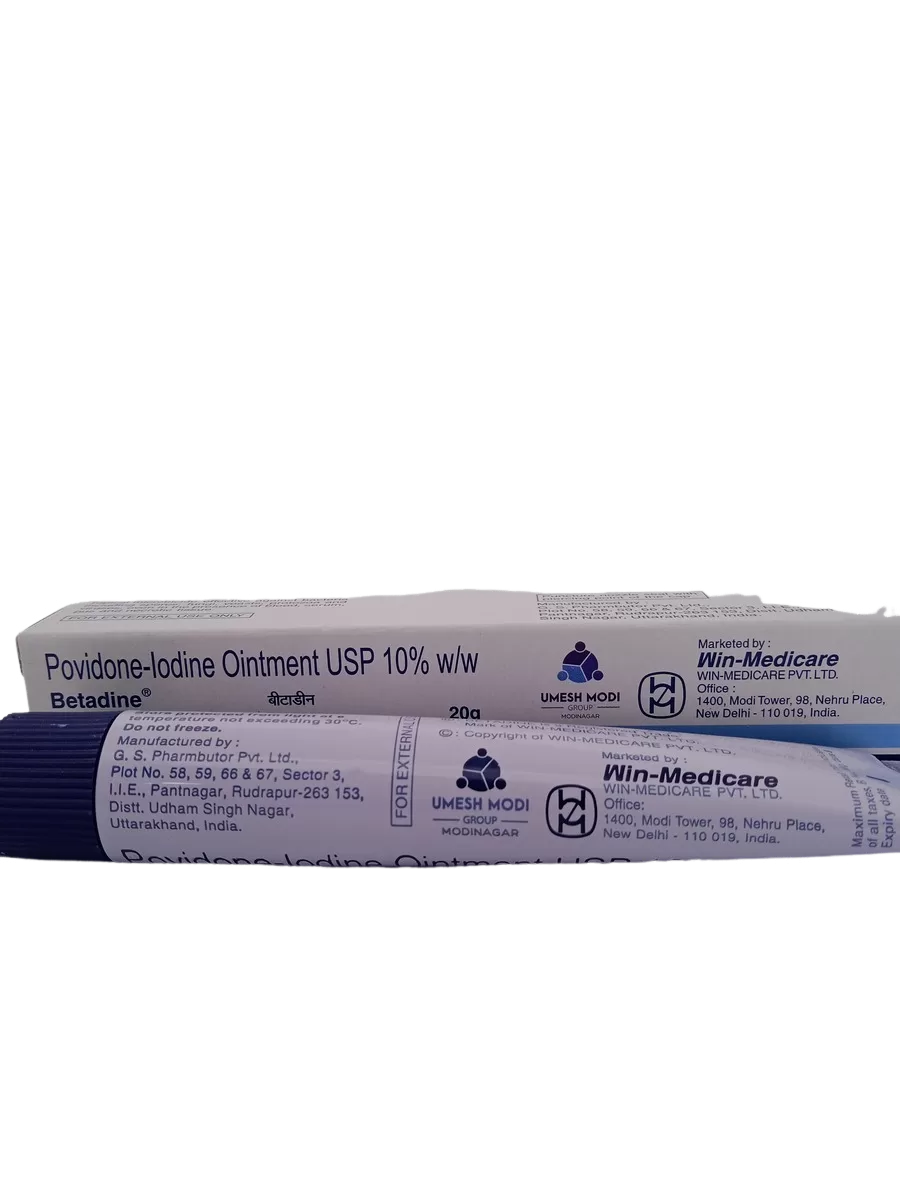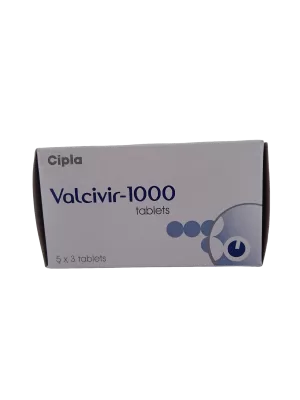BETADINE 10% OINTMENT – 1 TUBE OF 20gm: Comprehensive Guide and Benefits
Introduction to BETADINE 10% OINTMENT – 1 TUBE OF 20gm
Betadine 10% Ointment – Powerful Antiseptic Wound Care
Betadine 10% Ointment is a high-strength antiseptic designed to prevent and manage infections in minor wounds, cuts, and abrasions. With iodine as its active ingredient, it provides broad-spectrum antimicrobial protection for effective wound care and infection control. Use as directed by your healthcare provider for safe and reliable results.. This product is carefully formulated to provide effective results while ensuring safety and ease of use.
Key Benefits of BETADINE 10% OINTMENT – 1 TUBE OF 20gm
Effective Action – Works efficiently to deliver intended results.
High-Quality Ingredients – Formulated with trusted components for maximum effectiveness.
Safe Usage – Designed for optimal use with minimal side effects.
How BETADINE 10% OINTMENT – 1 TUBE OF 20gm Works
The active ingredients in BETADINE 10% OINTMENT – 1 TUBE OF 20gm work by targeting key mechanisms in the body to provide the desired benefits. It is widely recommended for its efficacy and safety.
Usage Instructions for BETADINE 10% OINTMENT – 1 TUBE OF 20gm
Dosage – Follow the prescribed dosage or as directed by a healthcare professional.
Administration – Best taken at the recommended time to maximize effectiveness.
Precautions – Avoid exceeding the recommended dose and consult a doctor if necessary.
Medicinal Advantages of BETADINE 10% OINTMENT – 1 TUBE OF 20gm
Reliable Results – Proven to deliver desired outcomes.
Supports Health – Helps improve well-being with consistent use.
Minimal Side Effects – Designed to reduce adverse reactions.
Off-Label Uses of BETADINE 10% OINTMENT – 1 TUBE OF 20gm
While primarily used for its main purpose, some users have reported additional benefits in related health areas. Consult a healthcare provider for more information.
Expert Advice for Optimal Use
Consultation – Always check with a doctor before use, especially if you have existing health conditions.
Safe Storage – Keep in a cool, dry place away from children.
Avoid Misuse – Use only as directed to prevent complications.
Storage Instructions
Temperature – Store at room temperature, away from heat and moisture.
Safety Precautions – Keep out of reach of children and pets.
Frequently Asked Questions (FAQs)
Q: How soon does BETADINE 10% OINTMENT – 1 TUBE OF 20gm take effect?
A: The effects vary but are generally noticeable within a reasonable timeframe.
Q: Can I use BETADINE 10% OINTMENT – 1 TUBE OF 20gm daily?
A: Usage frequency should be based on professional medical advice.
Q: Is BETADINE 10% OINTMENT – 1 TUBE OF 20gm safe for pregnant or breastfeeding women?
A: Consultation with a healthcare provider is recommended before use.
Q: Are there any side effects?
A: Most users experience minimal or no side effects when taken as directed.











